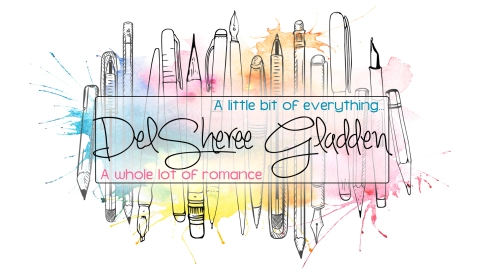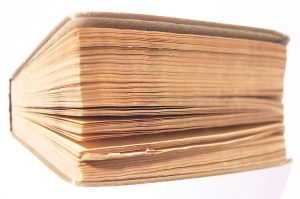While the hook is critical to a great blurb, the body of the blurb deserves equal attention. Consider it’s effectiveness as a whole as well as it’s individual parts.
Word Choice Matters
Choosing the right words can make all the different in a blurb. Be certain to make sure your word choice communicates the tone of the story by using words that fit the genre and situation. A dark thriller will use more intense wording while a rom-com will use light, fun words.
Word choice should also match the time period and regional setting. If you’re writing historical fiction that should be apparent within a few sentences through carefully selected words and phrases. Maintain regional accuracy without overloading the blurb with slang or colloquialisms.
It’s also all right to use hyperbole when appropriate, such as “unimaginable” for a shocking crime or “intoxicating” for a sudden and passionate romance, but don’t overdo it. Stuffing the blurb with hyperbole will exhaust the reader.
Avoid clichés, superfluous words, description, unnecessary adverbs, and “chatter” as much as possible. The blurb should be too the point and directly communicate the basics of the story to the reader.
Be Concise
Blurbs should run 100-150 words in most cases. Blurbs placed on the back cover of a book may be longer depending on space available during formatting. Blurbs for online retailers should be on the shorter end of the range since people browsing often skim.
Don’t try to tell the reader everything you think might interest them in a blurb. Stick to the important highlights and leave backstory, secondary characters, subplots, and similar information to be discovered when reading the full book.
It may be helpful to start writing a blurb with bullet points to sift out what should and shouldn’t be mentioned. Expand on the bullet points with 1-2 sentences about each point.
Utilizing Cliffhangers
This isn’t a must in a hook, but for many stories a cliffhanger ending in a blurb will be a good nudge for readers toward purchasing.
Cliffhangers can also help you avoid giving away too much in a blurb. Cliffhangers focus on the main conflict the characters face but only hint at a possible resolution. It’s important to present the problem and leave readers wondering how the character will overcome it.
The answer to how the story will resolve shouldn’t be too obvious.
Even with books that are more formulaic, it’s important to make the reader curious about how this particular story will unfold. While most romances end in a happily-ever-after scenario, they don’t (or shouldn’t) all reach it the same way. Hint at the uniqueness and leave it at that.
Formatting the Blurb
Once you’ve finished crafting the blurb, the work isn’t quite done. It’s important to format blurbs according to genre conventions. Each main genre has it’s own nuances when it comes to formatting. Fore example:
Contemporary romance tends to use short, 1-2 sentence paragraphs that highlight main points of the storyline.
Historical romance tends to use longer paragraphs with a more in-depth summary of each point of interest.
Study blurbs on Amazon in your genre to make sure you’re formatting correctly. Of course, sometimes you need to break out of conventions to highlight a unique aspect of your story, but make sure there’s a reason for using a unique format and that it conveys the tone or action of the story.






 Start with a formula that works
Start with a formula that works Choose your words carefully
Choose your words carefully